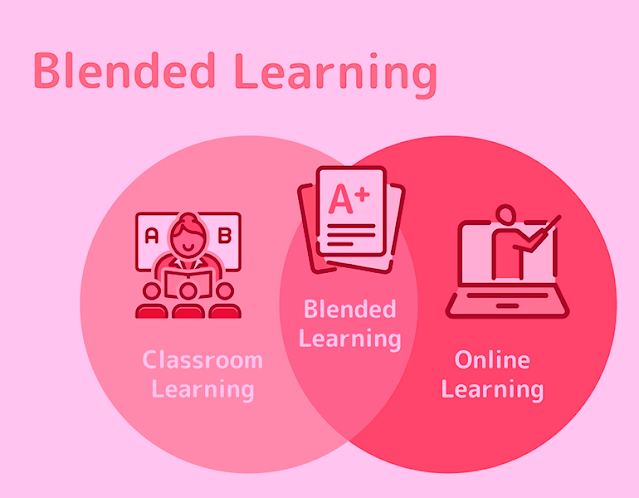Adapting to Hybrid Learning: Thriving in Blended Education Environments
Introduction:
The landscape of education is evolving, and hybrid learning has emerged as a dynamic model that combines traditional classroom instruction with online elements. Adapting to Hybrid Learning: Thriving in Blended Education Environments.
This article explores the nuances of adapting to hybrid learning, providing insights, tips, and strategies for both educators and students.
Understanding Hybrid Learning:
Hybrid learning, also known as blended learning, integrates face-to-face interactions with virtual components. This approach offers flexibility, catering to diverse learning styles and accommodating the demands of the digital age. As we delve into the intricacies of this model, it becomes evident that successful adaptation requires a holistic understanding of its components.
Key Elements of Hybrid Learning:
In-Person Sessions:
Despite the digital integration, face-to-face interactions remain crucial. These sessions foster a sense of community and allow for real-time engagement.
Online Modules:
Leveraging digital platforms for content delivery, assessments, and collaborative activities adds flexibility to the learning process.
Interactive Technologies:
The integration of interactive technologies, such as virtual reality or online forums, enhances engagement and creates a dynamic learning environment.
Benefits of Hybrid Learning:
Flexibility:
Hybrid learning accommodates diverse schedules and learning paces, allowing students to access resources at their convenience.
Personalized Learning:
Tailoring content to individual needs becomes feasible, addressing varied learning styles and preferences.
Enhanced Collaboration:
Virtual components encourage collaboration beyond the classroom, fostering a globalized approach to learning.
Navigating Challenges:
While hybrid learning offers numerous advantages, it comes with its set of challenges. Common hurdles include technical issues, maintaining student engagement, and ensuring equitable access to resources. Addressing these challenges requires proactive measures from both educators and students.
Tips for Educators:
Tech Proficiency:
Equip educators with the necessary training to navigate digital platforms effectively.
Interactive Content:
Develop engaging online content that promotes active participation and critical thinking.
Continuous Communication:
Establish clear communication channels to address concerns and provide timely feedback.
Strategies for Students:
Time Management:
Develop effective time management skills to balance in-person and online commitments.
Digital Literacy:
Hone digital literacy skills to navigate online platforms, ensuring a seamless learning experience.
Proactive Engagement:
Actively participate in both virtual and in-person components, contributing to a collaborative learning environment.
The Role of Technology in Hybrid Learning:
Technology serves as the backbone of hybrid learning. From Learning Management Systems (LMS) to virtual collaboration tools, understanding and leveraging these technologies is pivotal for success.
Looking Ahead: The Future of Hybrid Learning:
As we adapt to hybrid learning, it is essential to recognize that the landscape will continue to evolve. Embracing a growth mindset, remaining adaptable, and fostering a culture of continuous improvement will position both educators and students for success in this ever-changing educational paradigm.
Conclusion:
Adapting to hybrid learning requires a strategic approach, emphasizing effective communication, embracing technology, and fostering a sense of community. By acknowledging the benefits, navigating challenges, and implementing proactive strategies, educators and students alike can not only adapt but thrive in blended education environments, shaping the future of learning.
Our Websites
Recent Posts
Parental Involvement in Education: 13 Strategies for Positive Engagement
Decoding Financial Aid: A Comprehensive Guide to College Scholarships
Impact of Extracurricular Activities on Academic Achievement: Unveiling the 13 Keys to Success
The Rise of Vocational Education: A Practical Guide for Career Success
Breaking Down College Admission 13 Myths What Really Matters
Author


0 comments:
Post a Comment